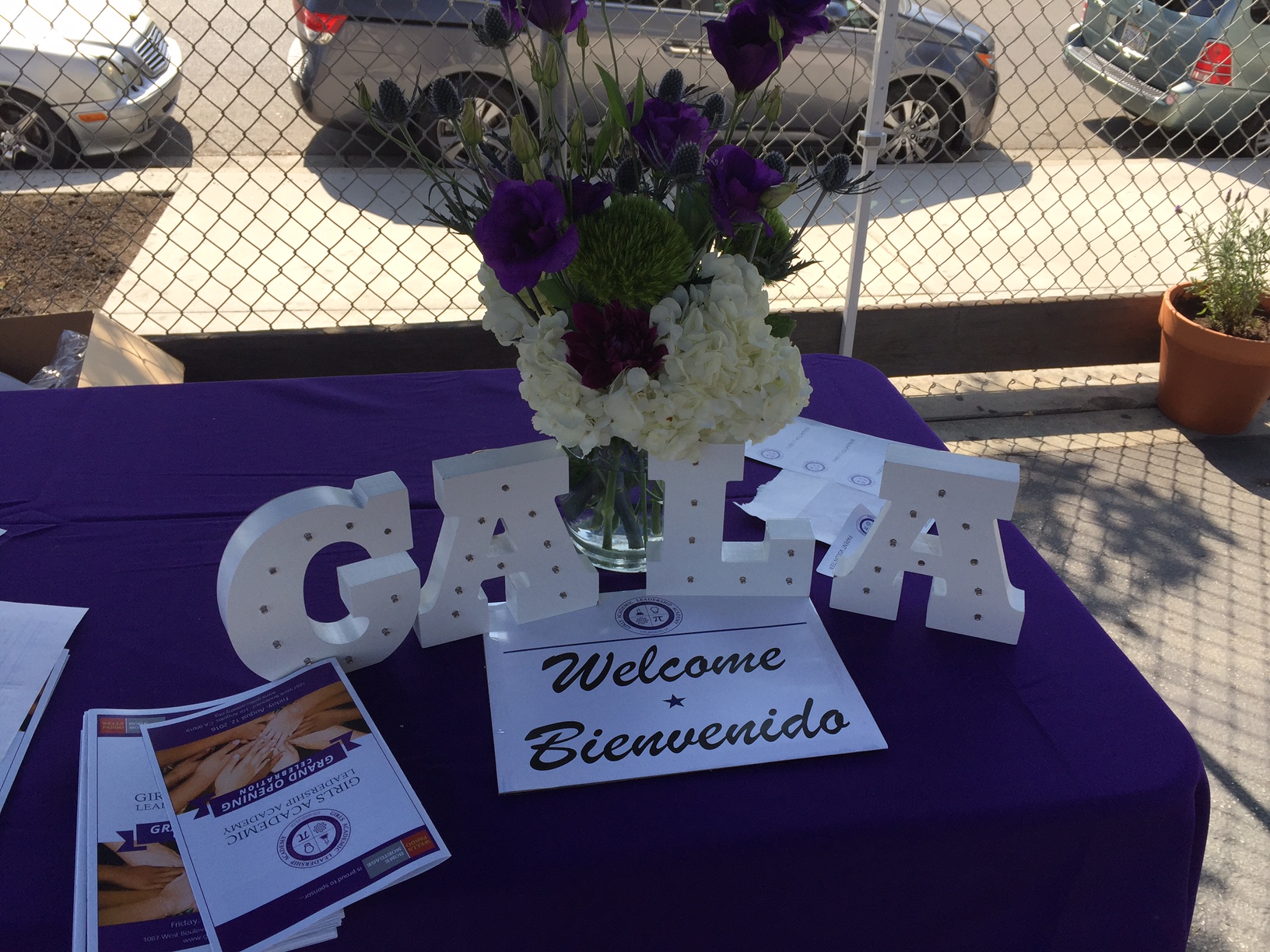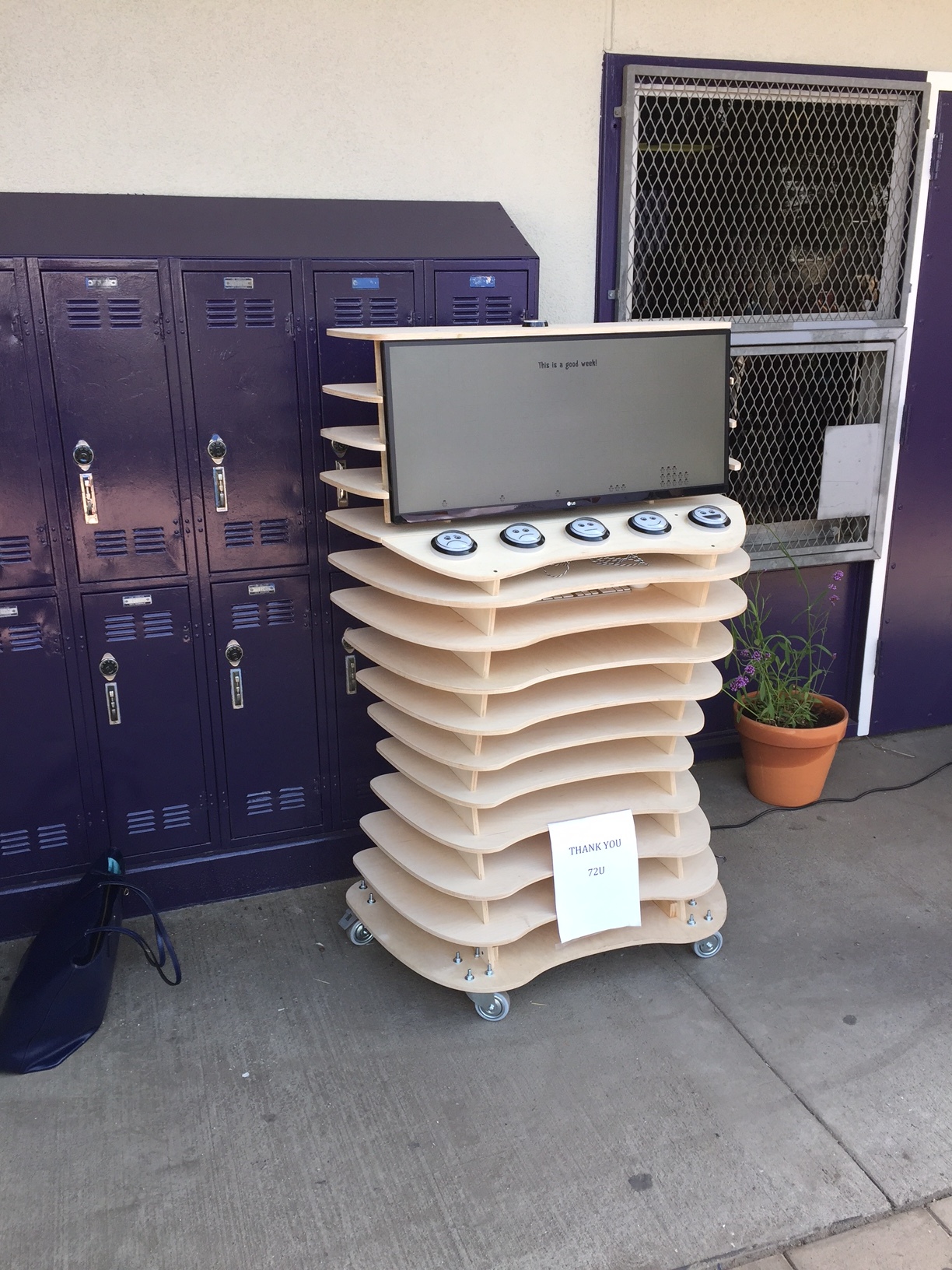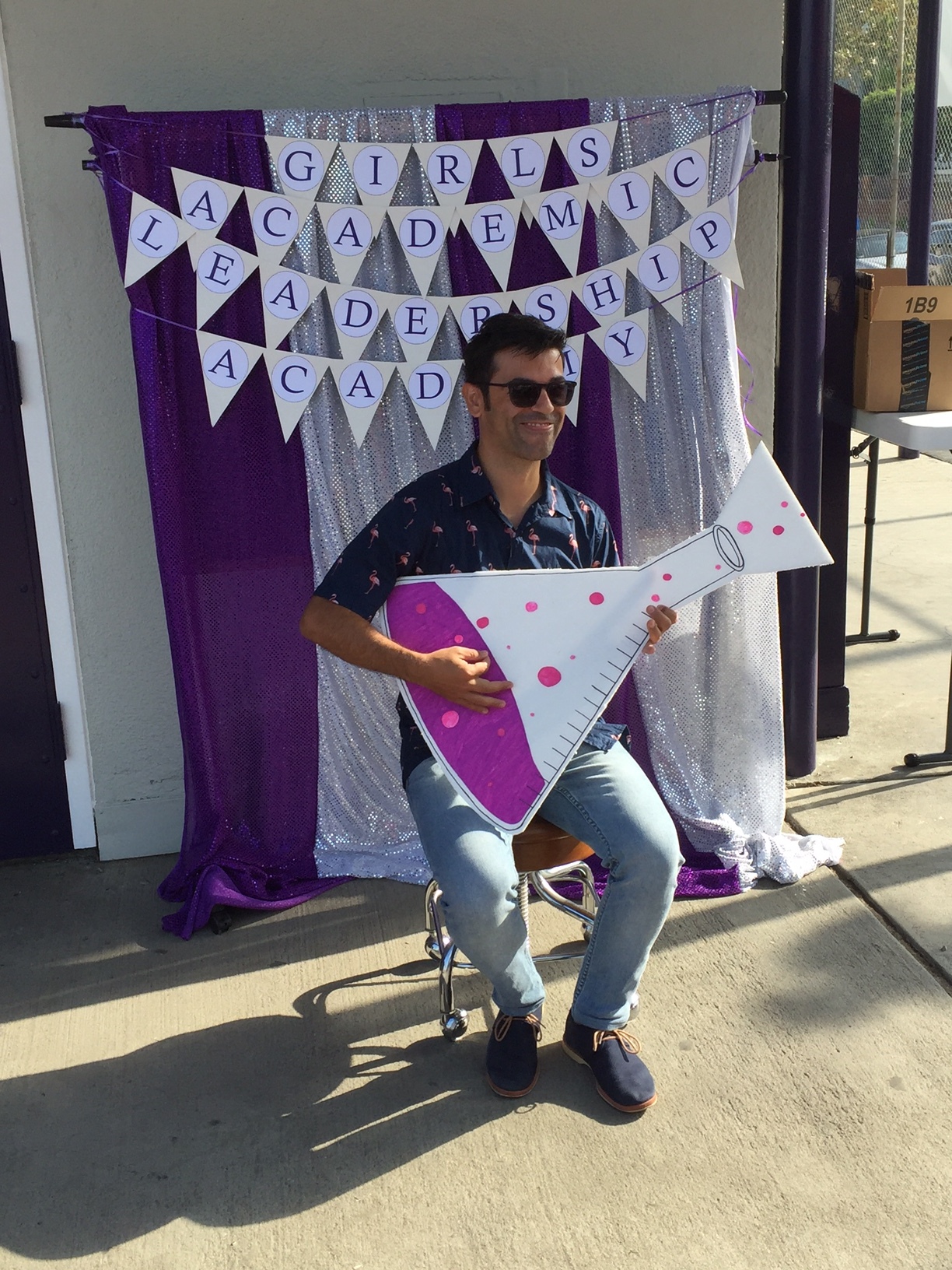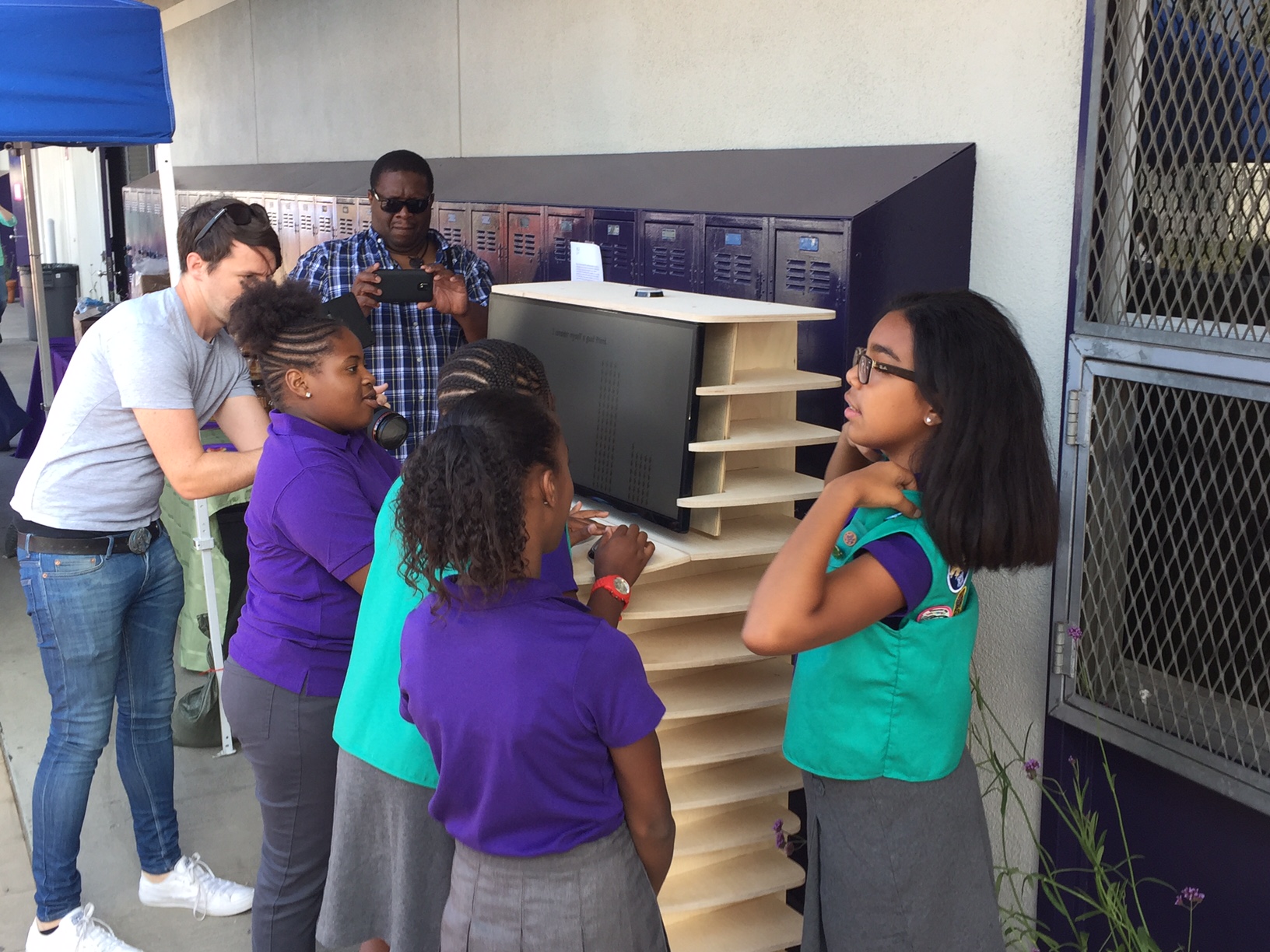My friend Sarah Fateen reminded me that I should put the Bay Area data fabrics I made last year up for sale. So here they are by the yard - on Spoonflower: http://www.spoonflower.com/profiles/extrasleepy
New Documentation of 'Desired' exhibition and event
Building the City of Avocados
It’s been a couple weeks since we took down the 72u desired exhibition and it was definitely sad to see it go after a life too short. Now that the exhibit is over I thought it might be interesting to share some “behind the scenes” images of one of the pieces: City of Avocados. The journey to procure these avocados turned a half-day into an unexpected adventure.
If you didn’t get to see the exhibition, here’s an a description of the piece:
City of Avocados uses the fruit to offer viewers an opportunity to confront geographical biases. The included edit of avocados was collected and curated over a four day span from locations across LA as a tangible visualization of our own preconceptions about place. At first sight, the avocados share many things in common and in some instances may even be from the same tree or grower. However in choosing to reveal only the store and neighborhood from which the fruit was plucked, the exhibit asks how our perception of quality is related to its location. How do we judge an item from a corner store in a poor neighborhood as compared with a biodynamic avocado from an affluent neighborhood?
The elusive biodynamics
I started the journey at 9:30am leaving from Culver City for my first stop at Erewhon market in Venice. I’d been to Erewhon just three weeks earlier at which time I discovered biodynamic avocados, something that I’d never heard of before. I was prepared to buy one of these 5.99-per-pound specimens but when I arrived there were none to be found. I asked a employee about the lack of these avocados:
“We don’t have any more, they all burned…..the sun burned the crop. They were the best avocados I’ve ever had. All we have now are these hard-as-a-rock organic avocados.”
With a sigh I replied: “I guess I’ll never get to try one of those amazing biodynamic fruits. I’ll have to settle from one of these standard organic avocados.”
I could tell he felt for me. When I returned to the car to head to destination number two, the local public radio station was hosting a segment discussing the possibility of Venice breaking off from Los Angeles to become its own city. They were calling it the “Vexit”....ohhhhh Venice.
The second stop was Whole Foods in Beverly Hills. The LA area is huge – really big. By the time I made my second stop I had already driven 45 minutes.
I was expecting the Whole Foods in Beverly Hills to be my fanciest stop but Erewhon ended up easily taking that title. As it turned out, this Whole Foods was actually the least fancy I’d ever been to. This is not to say it was not a good store, but I was surprised at how understated – even normal – it was. Still, the avocados were 2.99 each. I grabbed one and moved on before the impulse to by some yerba mate or kombucha set in.
All of the stores were picked from Yelp with an effort to mix large corporate stores and small local markets. The third of these stores was supposed to be in Hollywood but ended up in what is labeled “Central LA”. Since I was focusing on name-brand neighborhoods I had to do a new search and ended up at “Produce For Less” a small market on Melrose in Hollywood. I parked right in front where I was immediately surprised to have a man in an apron from the store knocking on my car window. “No park here…..too long….get ticket.” Then he pointed at a lot just to the left. “Free….!” That’s customer service: Coming out to stop your customers from getting a parking ticket! This market had great looking avos for only 79¢! Talk about living up to your store’s name. This ended up being the least expensive avocado of the journey. However, since they seemed to be ripping apart a dysfunctional cash register, perhaps they are charging too little?
Believe it or not I’m 2 hours into this adventure and only half complete. My fourth stop was at La Guadalupana Market in Echo Park. The first thing to know about this market is that it’s hard to find since a giant tree completely a large portion of the front of the building. New customers these days need to look for a large “LG” and a partially covered Lady of Guadalupe.
I wanted to spend some time in this store but the day was slipping by so I headed straight to the avocados which were a cool $1.99 each. After checkout, I stopped at a small venerable shrine consisting of a two-foot Lady of Guadalupe statue encased in plexiglass. Why don’t all grocery stores have shrines? I need to go back to this store later.
Stop five was in the primarily hispanic East Los Angeles area. Like much of LA, everything in this neighborhood is very spread out and there’s a sense that no structure ever gets demolished, you just build something new next to whatever is already there creating a hodgepodge of single-level business architecture. A block might combine an auto repair shop that looks like it was started in the 50’s sandwiched between two semi-modern chain stores followed by a huge completely-empty former diner turned 99¢ store, followed by a school and then a gas station on the corner. The store in this neighborhood was called La Poblana Market.
This store had only very ripe non-organic avocados so I had to search just to find one that would last in the exhibition. Everything inside was in Spanish and when I approached the counter, the woman greeted me with a “Buenos Tardes.” Did I have have to dust off my Spanish for this transaction? “Hola!” I replied. “You speak Spanish?” “Un Poco” That ended up being the extent of the conversation. Lucky for me since I was surely seconds from embarrassing myself in Spanish.
The final stop was in Compton. If you are wondering whether this piece was effective in engaging people on neighborhood bias I point you to the Compton avocado. Be it from rap lyrics or that fact that Compton has been on lists of “The most dangerous cities in the US, people have strong preconceptions about this place. I really didn’t know what to expect as I entered this city but as you might imagine, it doesn’t look that different from much of Los Angeles. It’s sprawling single-story houses, businesses, dry lawns (if any) and lots of bars on windows and yards. As with all places in the world, people are living their life doing whatever they need to do.
I headed to one of the larger grocery stores in the area: Superior Grocers. They had two types of Avocados: “Large” ones (which were actually just regular size) for $1.50 and a smaller version for only .25¢ each! The store had all kinds of treasures including many varieties of cactus bits and Mexican versions of Ho-Hos. I had to get back to the gallery, so I didn’t linger. With my final avocado – catching a last glimpse of the legendary Compton – I started my return journey. I bet you didn’t know that Compton has an airport?
other treasures
As stated above, the piece definitely achieved its goal. People were surprised by how similar and/or different each of the avocados were and questions often had less to do with the avocado and more to do with the neighborhood. In the end I learned one thing that I hadn’t expected: Driving around a city to acquire and compare a common product, avocado or otherwise, is a great way to see places you’d otherwise ignore. I recommend it.
Viz:zy project Live!
This is one of the projects I worked on with the crew at 72u this summer. We made it open source: http://www.vizzyday.com/
GALA OPENS! .. AND SO DOES VIZZY
Friday August 12th marked the opening of the Girls Academic Leadership Academy in Los Angeles. It was also that day that 72U’s “Vizzy” daily visualization project went live! As expected, no student could vote just once; one set of girls in particular banged away at visualization after visualization. With each question, they were bubbling with opinions. Success!
Now: Can the school get the student body to vote just once per question?
The entire event was full of excitement and family turnout was great. The community put in tremendous work to beautifying the school which provided a lovely educational home for students, faculty and parents. A surprising amount of press crowded in as speeches and performances closed out the event. Hand over heart, we all participated in the pledge of allegiance. I haven’t done that for a REALLY long time. It was pretty powerful. 72U wishes GALA the best of luck toward an amazing first school year! Purple and White 4-ever.
We’re working on making this project open source. Look for more information and a dedicated website soon.
Upcoming Exhibition: Desired
72u : the First Half
I say this with positivity: 72u is kicking my ass. I definitely did not know what I was getting myself into. Each day has been filled with design reviews, presentations, guests and loads of collaboration. The team of us, seven in all, have all come from different disciplines: computer engineering, graphic design, and industrial design to name a few. If we can pull it all off, by the time the experience is over, we’ll have completed five different projects. At the halfway point, we’ve already completed two, and are part way through two others. The final, and most involved project has had a long ideation phase but we finally have a concept! Here’s a summary of what we’ve been working on:
A short film produced in one week (linked to in the blog post below).
Everyone on set.
Actors. Photo by Alex Schreer
A wearable electronic device - called LOCU - that tells you when you are in the ideal environmental conditions for creativity.
Alex's industrial design wizardry
Maria presents packaging ideas.
A commercial coffee campaign (the details of which I cannot share at this time).
A daily interactive data visualizer for a Girls Academic Leadership Academy (GALA).
Sample visualization
Kiosk concept drawings
A social installation based on the topic : Avocado as a symbol of democratized luxury.
Maria and Sara working on some test "food porn" sets.
72u film complete!
Between the guests, activities and projects, it's been a whirlwind first three weeks at 72u in Los Angeles. This video was our first project: A one minute film, produced in under one week, for under one thousand dollars. From casting to directing to scripting to editing to sound design, our group of seven seamlessly collaborated to represent the topic: Technology and Nature. Enjoy.
Special thanks to Ray Smiling for creative directing.
Prototype: new version of the sleepyBoard!
The sleepyBoard is an Arduino-ready prototyping board that makes it easy to build your own Arduino with a boot-loaded ATmega and a few other components. It is, however, not IC specific meaning you can use it to prototype many different circuits. It's also the perfect size for an Arduino shield (see details).
This is the 3rd version, which moves the IC area from the lower part of the PCB to the center. I primarily create these for classroom use but I also use them in my own work. If you're interested in purchasing some, let me know! I'll be manufacturing the first run later this summer and I'll have some for sale on this site after that. Detailed instructions will be included.
Roulade
I've been wanting to try out 3D printing in various metals so I designed this bracelet and printed it in polished grey steel.
A few of the exciting projects from the spring Device Invention class
It was a packed semester with students working on three distinctly different electronic projects. This year's Device Invention class started with the creation of a device that speaks, or is communicated with, wirelessly. Students were encouraged to think of wireless technology as a modern form of magic that allows an invisible stream of information pass short or long distances. Here are a few of the projects:
Max's Lunar Clock connects to a weather api to represent the current moon cycle.
Lois's Internet-controlled tea infuser. The steep time can be adjusted via a web app.
Kapp's martian weather monitor used NASA's mars rover API to get the current conditions.
Sydney and Leo made an internet connected mirror that gives you the time, weather, NYT top stories and upcoming muni buses.
Nichole's project uses an LED ring and the international space station API to indicate when the space station is within the latitude and longitude of the Bay Area.
The second project asked students to collect and visualize data. The goal was to think about what data could be collected and then presented in a way that tells a hidden story. What can we see in the data that we could not see before? Some examples:
Pauline, Kelby and Nichole's interactive visualization showing people entering the school over the course the day.
Isaac, Matt and Erik visualize current over time from different custom made batteries. Each of the three circles represents a different amount of weight placed on top of the aluminium-graphite batteries, as determined by the width of the circles' diameter. The lines that go outwards represent the current output over time. To read time, start from the the top and go clockwise just as if you were telling time on a standard analog clock.
Luca and Harrison visualize the temperature variation across neighborhoods.
The final short project was to design a portable solar device. The device could be a light, portable charger, or something else that can be run on 2 to 5 watts of solar generated energy. An couple examples:
Kelby's 2-watt portable solar battery pack with USB charging ability.
Ellie's 3.5-watt portable solar battery pack with USB charging ability.
What's the plan for the summer? .....Los Angeles and 72u.
I'm spending the summer in Los Angeles at 72u working on a yet-to-be-determined project(s) while learning to be a better designer and collaborator.
New Piece: Welcome Drone
I had the idea for this object two years ago when I first learned about the dronestre.am website by artist Josh Begley. I've iterated on various versions but this is the one that feels complete. Welcome Drone uses the internet of things methodology to bring the reality of secret drone strikes into the home and into casual conversation. Once an hour, a photon microcontroller checks to see if there are updates on the dronestre.am site. If there are, the unit glows for 8 hours continuously. Because there's nothing about the piece which indicates its meaning, it blends into the home like any other wall hanging artwork or decor. When it does unexpectedly light up it may serve as a reminder or conversation starter about the secret strikes that are taking place on a regular basis in Pakistan, Yemen and Somalia.
New Piece: SMS Cross stitch
I started a year ago and I finally finished it. A mash-up of wireless technology and craft aesthetics, this piece turns a text message into an instant display of digitally-sewn wisdom. It all runs from an openFrameworks sketch on the Raspberry Pi. Incoming SMSs are handled by the FONA module. See a demo here.
New Piece: "Remnant" - Digital Fab Lamp
This lamp was inspired by all the tree and bush stumps I see cut back but never fully excavated. The base is designed in Rhino and walnut cut on the CNC router. The circuit board, which uses an Arduino Pro Mini and an 24 RGB LED NeoPixel ring, was cut on the Othermill. The 3mm thick shade is designed in Rhino and printed through Shapeways. See a video of the lamp functioning.
Isaac: with custom milled circuit board, with LED frequency visualizer, and bluetooth
Great looking and sounding amplified speakers from this semester's Analog and Digital class
Max : bluetooth enabled
Erica: bluetooth enabled and with LED frequency visualizer
Kevin: bluetooth enabled and with LED frequency visualizer
Emily: bluetooth enabled
Sutter: bluetooth enabled
Courtney: bluetooth enabled
Ellie: with LED frequency visualizer
Chloe: with LED frequency visualizer
Nick: bluetooth enabled
These are just a few of the amazing amplifiers created this semester in the Lick-Wilmerding Analog and Digital class. If only the students would let me take a few home. They REALLY sound good.
Designs Available through Open Editions!
Want to wrap your gifts with Bay Area socio-political concerns and data visualization? Check out these designs now for sale through Open-Editions in San Francisco.
Sit Please Graphic Novel Event! Saturday Sept 19th 6pm in Oakland
On September 19th at 6 pm I will be sharing stories from my recent graphic novel: Sit Please @ the beautiful Vati Yoga Shala: 3032 Arizona Street, Oakland, CA. There will also be a short interactive drawing activity. http://www.extrasleepy.com/sitplease/
Event Flyer
Number Fog Design Installation and Fashion Show!
Here are some images from the August 26th Gray Area Creative Code Fellowship exhibition:
Outfits designed and sewn by Alice Clifford (left) and Timothy Ho (Right). Sam B. models Tim's creation
Fabric installation with demo video.
Sam B. models outfit design by Timothy Ho in front of fabric installation and demo video.
Joseph Burg models "$900 tent" suit. Sewing coordination by Mai Nguyen Hart.
Mel shows off "Mission Condo" dress in front of the condo that inspired the design.
Alice Clifford, Myself, Joseph Burg, Youssou Fall, and Mel. Alice Designed and made her outfit all other sewing in this image coordinated by Mai Nguyen Hart.
Lindsey Irving dons "wearable tech fist bump" wraparound as she catches up with Eric Rodenbeck of Stamen.
Matt Ganucheau and Rachel Weidinger show off outfits at the exhibition. Outfits created by Rachel.
This project was sponsored by Gray Area, Stamen Design, Britelite Immersive, Obscura Digital, and Presence Product Group.
Creative Code Fellowship Update: Week 9
This week's focus has been on the August 26th event. The following items are all in progress:
- One dress from the Mission Condo design is complete! (Thanks to the help of Mai Nguyen and her friend May).
- My long time friend Alice Clifford is making a dress from the Buses fabric to wear to the show.
- I have leads on a jacket and pants - from the $900 tent design - which I would wear to the show.
- I may have a lead on one or two men's button-up shirts. One would be from the Transport Unity design and one from the Wearable Tech design.
- I'm very excited to be working with CCA graduate student Timothy Ho. He's designed a complete outfit and has a model lined up for the show. He wants to create an outfit that highlights all the designs. One element of the outfit will use a patchwork design which is not an uncommon application of block-print fabrics. This is the patchwork configuration he will be working with:
- I am almost finished with the wood display rack (displayed in the previous post) and am working on a tag for each design that will give information on theme and and data.
- A website that has information about the designs is mostly compete.
What do I still have questions about?
I'm still unclear what the life of these fabrics should be moving forward. What kind of control, if any, should I maintain over their use and distribution? Should I open the designs up for anyone to purchase and do whatever they want? Or, should I try to partner with a local tailor to curate the items created? At this time, I'm leaning to the later but have not yet found the right person to work with.











